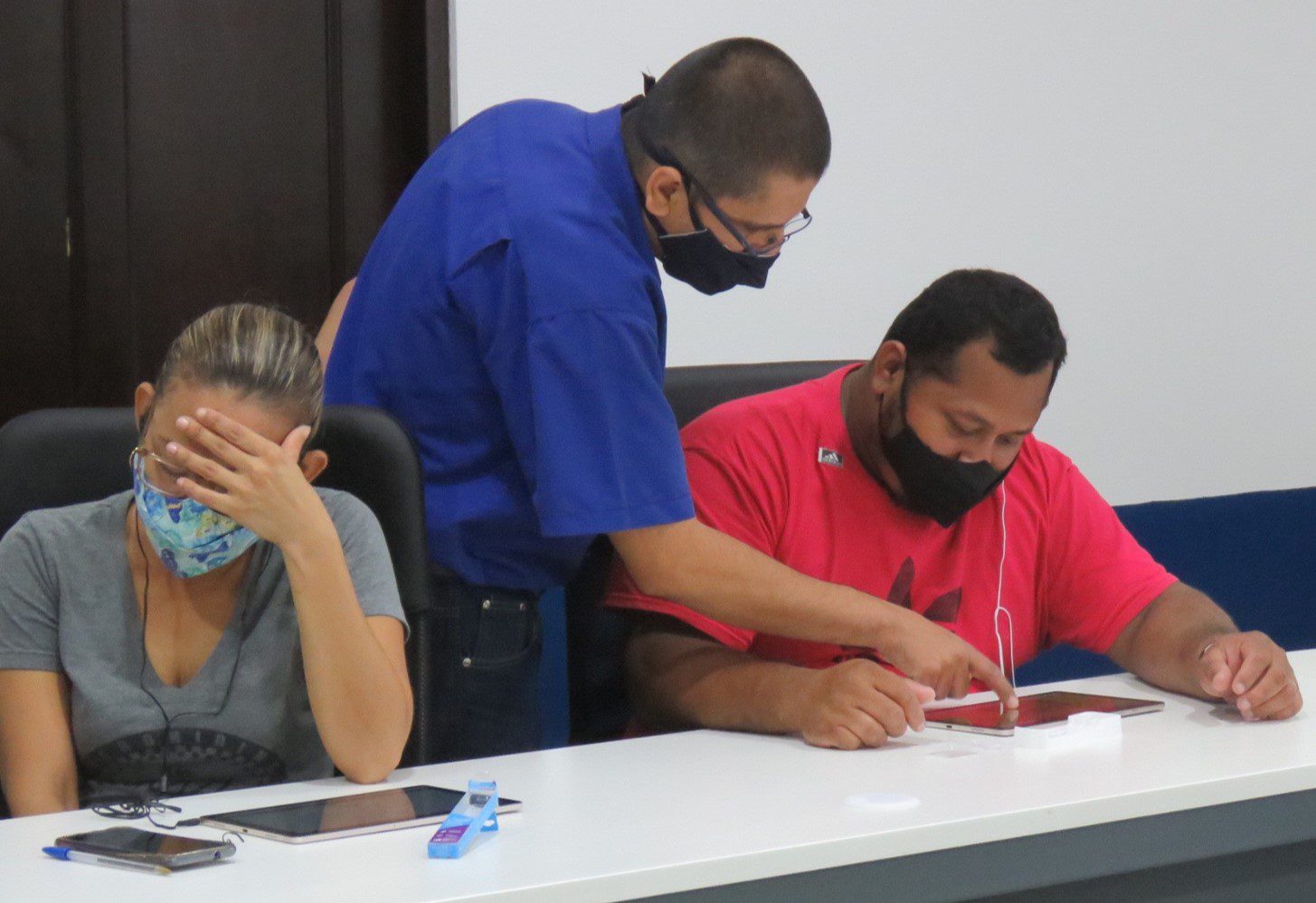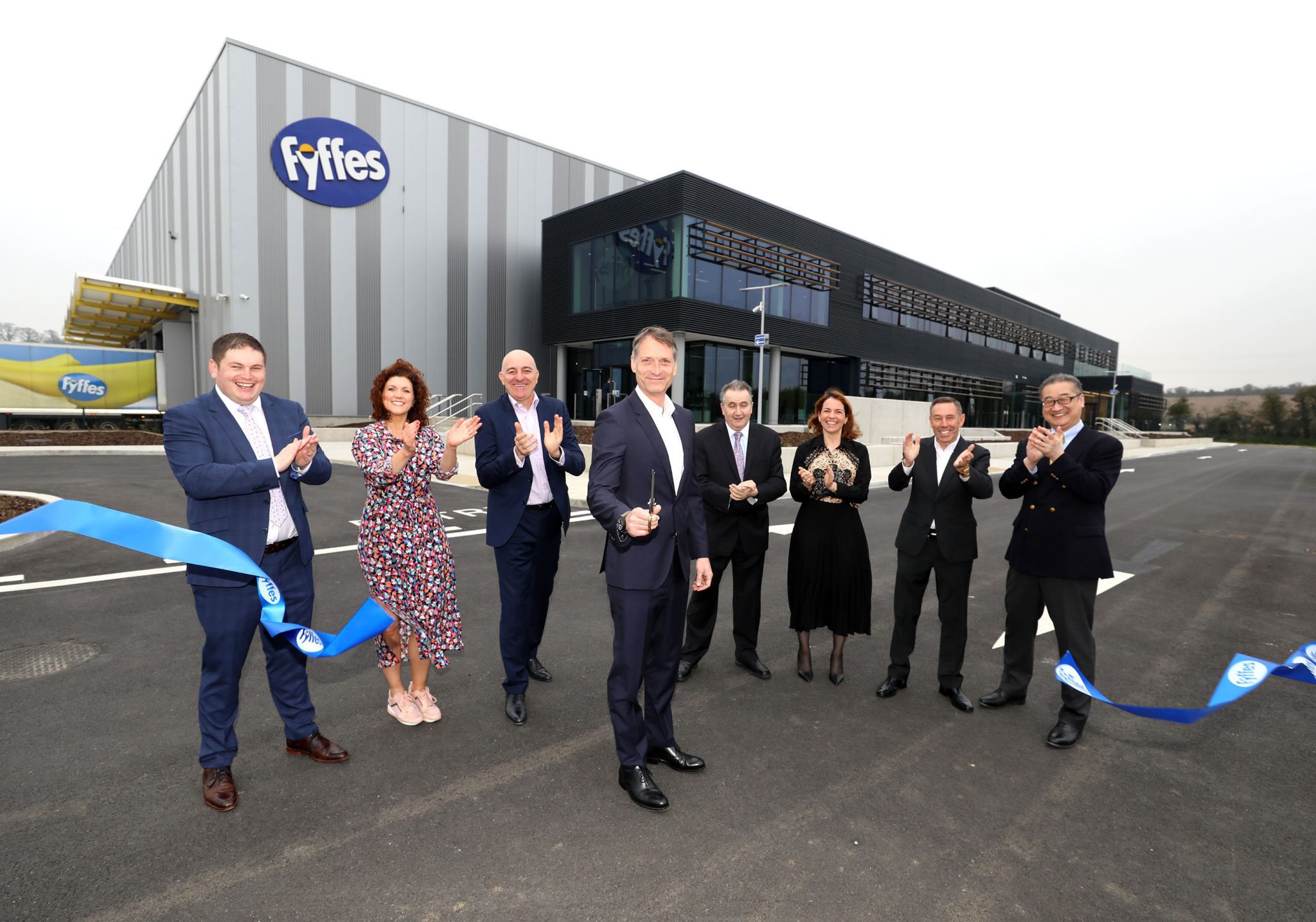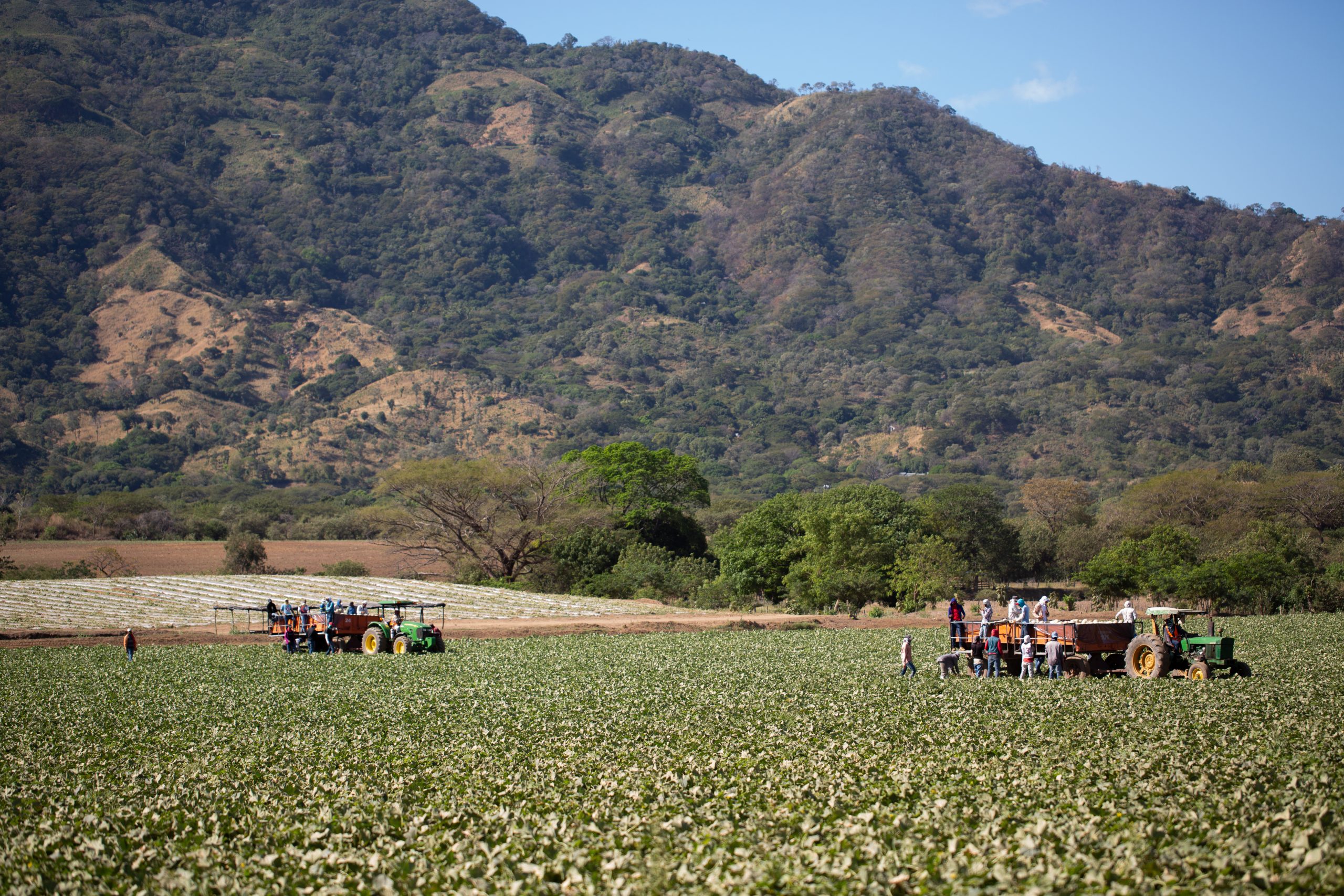Fyffes Expands Gender Equality Program With New Digital Application





This summer, Fyffes is set to roll out its new gender equality digital tool called HERessentials, a training application which was developed to expand our current Gender Equality Program. Stella Davis, Assistant Manager of Sustainability, leads our gender equality focus area and gives us an insight into this initiative.
- Why is Fyffes rolling out HERessentials on its farms?
The program is being trialed in Costa Rica, but the broader objective is to meet our sustainability target on gender equality which is ‘100% Fyffes owned sites in the Latin American region benefitting from Gender Equality Programs by 2025 and 50% of suppliers by 2030’. HERessentials will be our main instrument to achieve this, first deploying it in Costa Rica in two of our own sites (our Anexco pineapple farm and Esmeralda, one of our banana farms) and two additional Costa Rican sites later this year, followed by Belize, Ecuador, Honduras, and Colombia in 2022.
- What changes do you hope to achieve?
We expect that with this program we will engage, empower, and encourage our workers and managers to build more harmonious relationships, both at home and in the workplace, and give them the tools to discuss and address challenges they face around subjects like finances, family planning, health and communication. Over time we will identify projects through enhanced communication with management that will improve both their experience at work and in the local community.
- What are the challenges faced to achieve these goals?
This project is new for Fyffes, and as such, it will bring some challenges, but we have a fantastic team in place and partners in Lidl, BSR, and IDH, along with our local support from AED, to guide us along the way. We expect to face different challenges in each site in terms of implementation and logistics, but we are certain that the lessons learnt from our original gender program will count in our favor.
- How many people will be involved in these trainings?
Over the course of two to three years, we will train every manager and worker on each site. Due to COVID-19 restrictions and the limitations on the number of people we can train at any given time, we will focus on training small cohorts and work our way through everyone on the site. This will ensure consistency in its deployment, as all workers will have equal access to the program.
- What are the keys to the success of this program?
The success of this program relies on the positive engagement of the on-site teams. If each site embraces the program and takes ownership of it, it will serve as a foundation to building a better workplace for all. Our human resources team and the gender management committee will be responsible for implementing the program on site and ensuring its success.
- How do you measure the results?
We will conduct a survey at the beginning and at the end of the program on each site. The first survey will give us an understanding of the initial level of knowledge on the program content, attitudes, and challenges. After the program completion, we will conduct a second survey with the same questions and compare the answers to those in the initial survey. Furthermore, we have developed a set of key performance metrics which we will track throughout the program, giving us information on participants’ engagement and success. Lastly, as mentioned before, we hope to identify projects and focus areas for community support and engagement as a result of the improved communication and engagement of our workers, and address these topics through targeted projects and innovations on the site and in the community.
- How long will the program run?
It will be continuous, but the target will end in 2025 for our own people and 2030 for suppliers.




